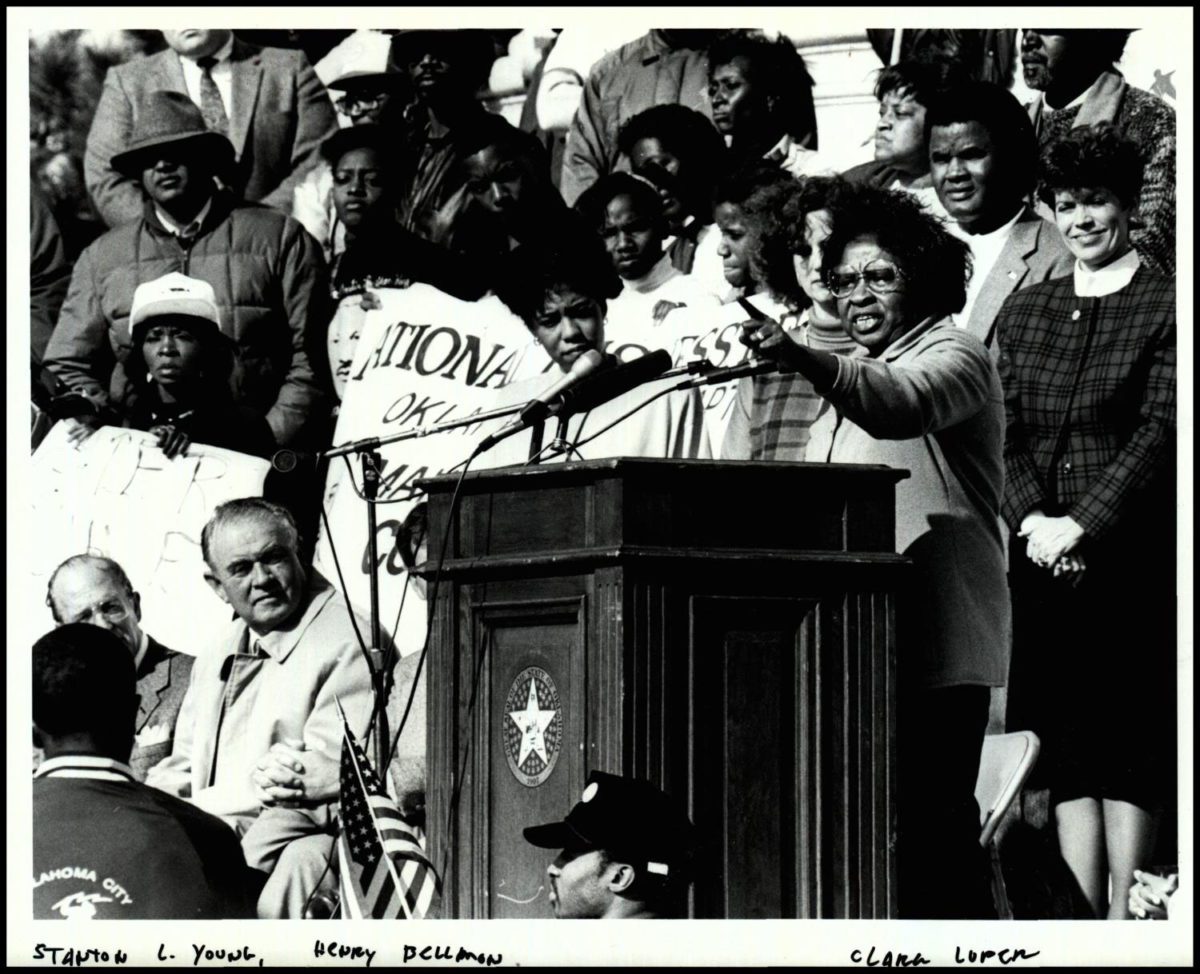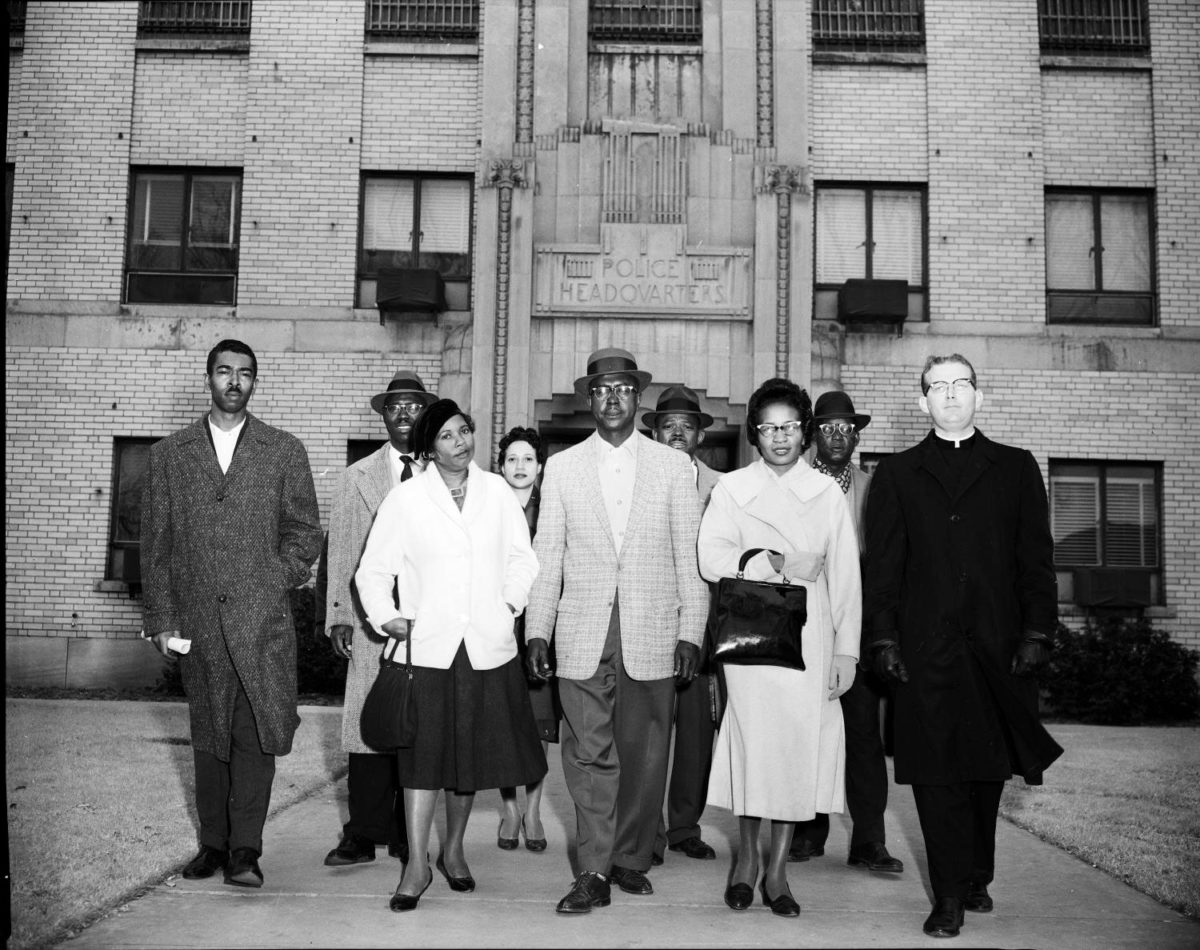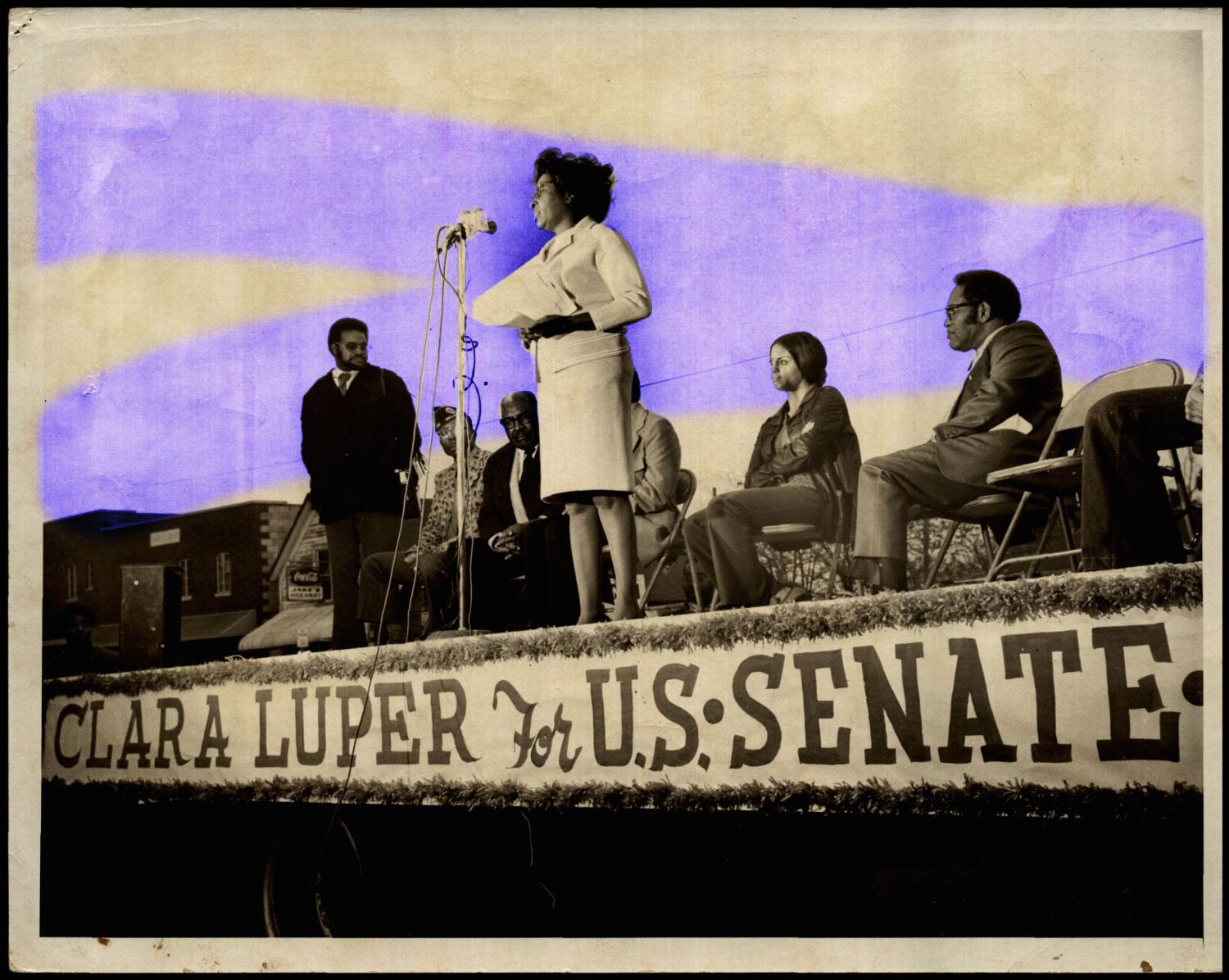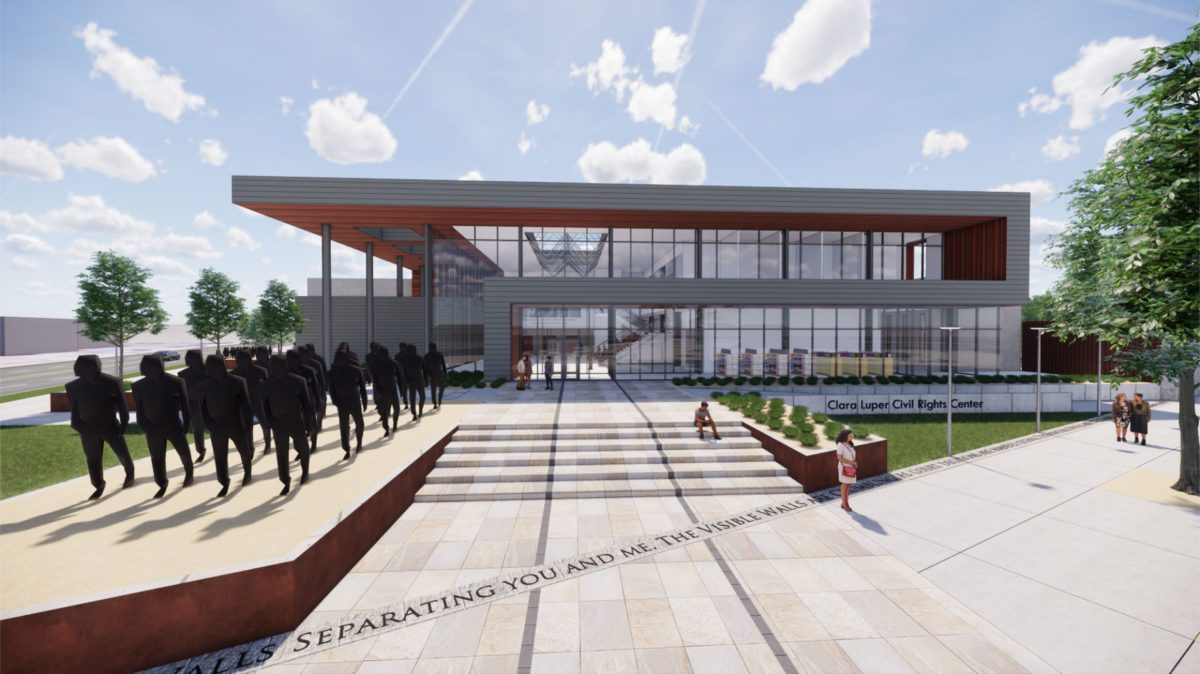Black History Month is a time dedicated to examining the past and honoring the many contributions of African Americans throughout U.S. history.
This February, Oklahomans can do just that by engaging with the state’s cultural institutions. Many of these organizations have big plans to broaden their audiences and tell a fuller story of Oklahoma’s history in years to come.
The Oklahoma Historical Society
The Oklahoma Historical Society (OHS) invites Oklahomans to take advantage of its programming and resources year-round.
“We’ve been told that we’re a very well-kept secret,” says Saidy Orellana, multicultural officer at the OHS. “We don’t want to be a secret. We want people to know about us, and especially about themselves. History enlightens people to understand who we are.”
Since the 1980s, the OHS has been compiling resources that give historical context into the Black experience in Oklahoma; these are accessible through its webpage, Black History is Oklahoma History. Topics covered range from the arrival of the freedmen in Indian Territory to the sit-ins in Oklahoma City.
The OHS offers virtual programming on its YouTube channel,
@okhistoricalsociety, in honor of Black History Month. On Feb. 9, the society will stream an interview with Donnie L. Nero, Ph.D., the first African American president of a higher education institution in Oklahoma. The interview will focus on the theme of segregation in education.
As a part of its People of Oklahoma video series, the OHS will also premiere a documentary that recounts the state’s civil rights movement on YouTube. Viewers can watch beginning on Feb. 20.
“[Our] objective is to help each other connect and find the humanity in all of us,” says Orellana. “That way we can work together and make Oklahoma a better place to live.”




Above photos by Joe Miller courtesy the Oklahoma Historical Society
Greenwood Rising
Located in Tulsa’s historic Greenwood District, Greenwood Rising aims to immerse visitors in the history of the Greenwood community, beginning with the rise of Black Wall Street, the underpinnings that led to the Tulsa Race Massacre and the revival of the district that followed.
In 2022, the museum announced new leadership plans, welcoming Raymond Doswell, Ed.D., as executive director. Doswell stepped into the role in January.
“My goal over the next few years is to build up a lot of activity and get people coming back to the museum,” he says.
The announcement came after a 6-month recruitment and interview process. Originally, Doswell recommended other colleagues for the job, but his interest piqued as he learned more about the organization.
“I got to thinking about the possibilities… and the ideas kept flowing to the point where I couldn’t sleep,” he recalls.
Previously, Doswell worked at the Negro Leagues Baseball Museum in Kansas City for 27 years, serving as the VP of curatorial services for the last decade.
When teaching about difficult historical events he advises: “You’ve got to tell the truth… and try to make the connections with what’s happening today so that it remains relevant.”
With many ideas in store, Doswell says he’s ready to hit the ground running.
“I look forward to talking and listening to people in Tulsa as I learn about the community and history,” he says. “And I want to encourage folks to continue to support the institution and look for opportunities to participate.”
The Clara Luper
Civil Rights Center
Born and raised in Oklahoma, schoolteacher Clara Luper became one of the most influential civil rights activists of her time. In memory of her legacy, the City of Oklahoma City is building the Clara Luper Civil Rights Center, a project publicly funded by the MAPS 4 program.
The center will sit on a five-acre campus that will include a welcome center, gift shop, administrative offices, an exhibition space and the Freedom Center of Oklahoma City, a nonprofit located in the building that Clara Luper and the NAACP Youth Council used as a civil rights activity hub.
Once completed, the Freedom Center of Oklahoma City will take over operations of the campus.
“We really want to keep the legacy of youth development alive by engaging young people through educational resources,” says Christina Beatty, project director at the OKC Freedom Center.
The Freedom Center worked with Bockus Payne Architecture to imagine what the campus could look like and create renderings that helped with advocating for the project’s inclusion in MAPS 4. These conceptual drawings included thoughtful design elements, such as inverted skylights that look like gems – a nod to how Clara Luper would refer to her students as diamonds. Now designated as the campus operator, the Freedom Center will work alongside the City throughout the official design and construction phases. Construction should begin in 2024 and finish in 2026.
However, the restoration of the Freedom Center in Oklahoma City is already underway. This part of the project has been privately funded and will repair the building’s brick exterior and add a pitched roof. The restoration also involves cataloging the items that remained in the building, including NAACP member records, handwritten letters sent to Clara Luper, and her personal desk.
Beatty says that the restoration of the Freedom Center will wrap up by the end of 2023. Oklahomans can check out project updates at freedomcenterokc.org.
“There’s such a rich history that we haven’t had the opportunity to be proud of as a city and as a state,” says Beatty. “[Our history] helps us understand the power that each of us holds to improve the community around us.”



























